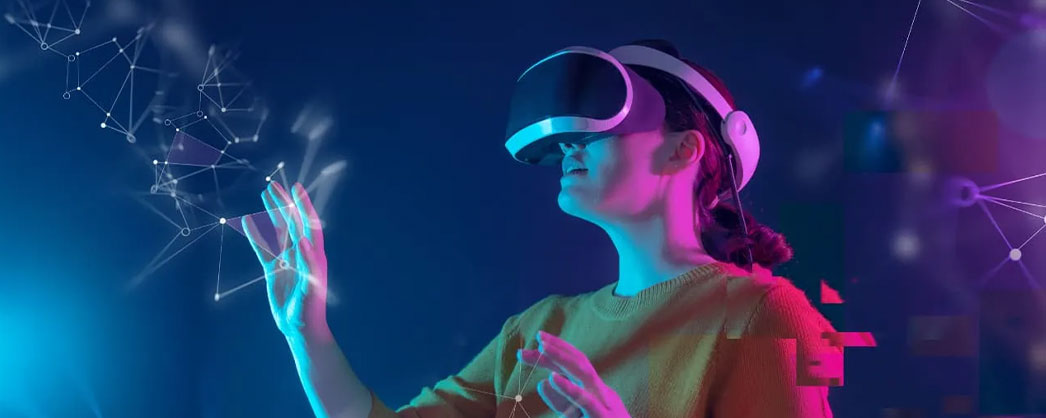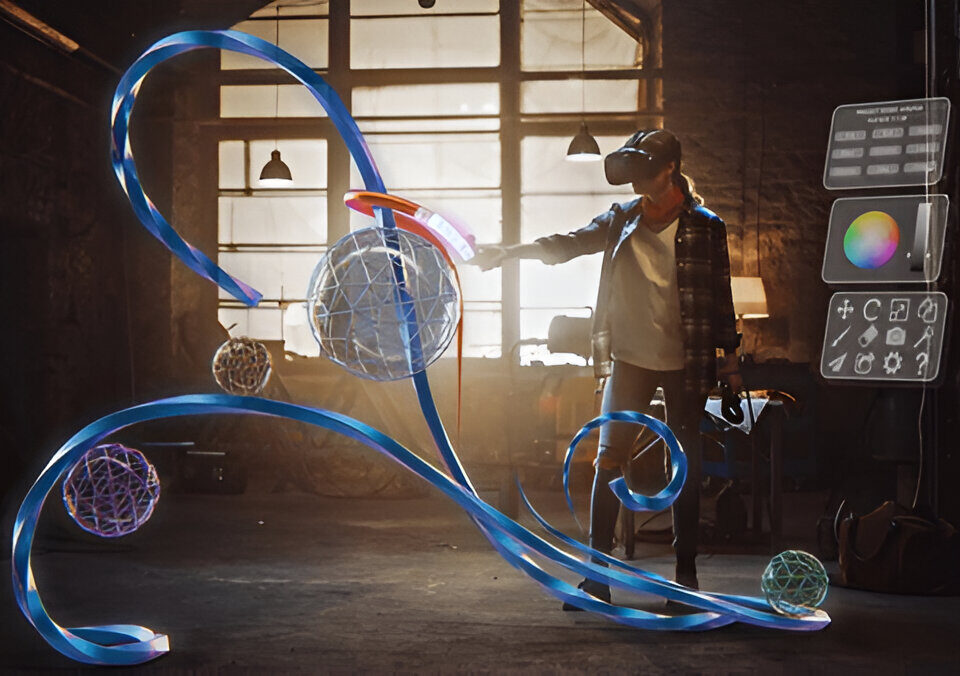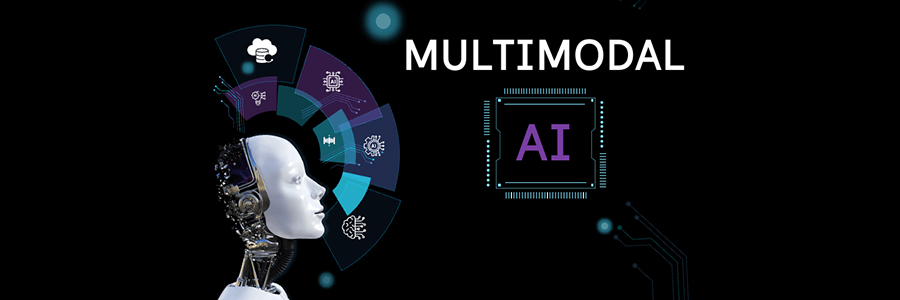
Building a Strong Leadership Development Program
12th August 2024
Embrace the Grind: How Work Can Be a Path to Personal Growth and Happiness
22nd August 2024Virtual Reality (VR) has made significant strides in recent years, offering users immersive experiences that were once the stuff of science fiction. From gaming and entertainment to education and therapy, VR is transforming how we interact with digital content. However, as with any emerging technology, VR brings with it both exciting possibilities and potential drawbacks. In this blog, we’ll explore some of the effects and side effects of VR, helping you understand the broader implications of this fascinating technology.
Positive Effects of Virtual Reality
- Enhanced Learning and Training: VR has revolutionized education and training by providing immersive learning environments. Medical students can practice surgeries in a risk-free virtual setting, and engineers can simulate complex machinery operations. This hands-on experience leads to better retention of information and safer real-world application.
- Improved Empathy and Awareness: VR has the power to place users in someone else’s shoes, fostering empathy and understanding. For instance, VR experiences that simulate the challenges faced by people with disabilities can create a deeper awareness of their struggles. Similarly, VR can be used to highlight social issues, such as poverty or climate change, in a way that resonates emotionally with users.
- Therapeutic Applications: VR is being used in therapy to treat conditions such as PTSD, anxiety, and phobias. Exposure therapy in a controlled virtual environment allows patients to confront their fears gradually, leading to better outcomes. VR is also being used in pain management, providing patients with distractions that reduce their perception of pain during medical procedures.
- Enhanced Entertainment and Social Interaction: The gaming industry has seen a massive boost from VR, offering players fully immersive environments where they can interact with the game world in unprecedented ways. Beyond gaming, VR is creating new opportunities for social interaction, allowing people to meet in virtual spaces, attend virtual events, and connect with others from around the globe.
Potential Side Effects of Virtual Reality
- Motion Sickness and Disorientation: One of the most common side effects of VR is motion sickness, which occurs when there’s a disconnect between what the eyes see and what the body feels. This can lead to dizziness, nausea, and disorientation, particularly during fast-paced or poorly designed VR experiences. Developers are working to minimize these effects, but they remain a concern for some users.
- Eye Strain and Visual Fatigue: Prolonged use of VR headsets can lead to eye strain and visual fatigue. The screens are close to the eyes, and the constant focus on virtual objects can cause discomfort. Users are advised to take regular breaks to rest their eyes and avoid extended sessions in VR.
- Psychological Effects: VR’s immersive nature can blur the lines between virtual and real worlds, leading to psychological effects such as depersonalization or derealization. In some cases, users may find it difficult to adjust back to reality after long VR sessions, experiencing feelings of detachment or confusion.
- Physical Health Concerns: Extended use of VR can lead to physical health issues, such as neck and back strain from wearing headsets or holding controllers for long periods. Additionally, the lack of physical activity in VR can contribute to a sedentary lifestyle, which has its own health risks.
- Social Isolation: While VR offers new ways to connect with others, there is also the risk of social isolation. Users may become so engrossed in virtual worlds that they neglect real-world relationships and responsibilities. Balancing VR use with real-life interactions is crucial to maintaining a healthy social life.
Conclusion: Virtual Reality is a powerful tool with the potential to transform many aspects of our lives. Its ability to provide immersive experiences can enhance learning, foster empathy, and offer therapeutic benefits. However, it’s important to be aware of the potential side effects, including motion sickness, eye strain, and psychological impacts. As VR technology continues to evolve, users should approach it with a balanced perspective, taking advantage of its benefits while remaining mindful of its limitations. By doing so, we can ensure that VR remains a positive force in our increasingly digital world.
Click here to know more about AI.
Contact us for more information





